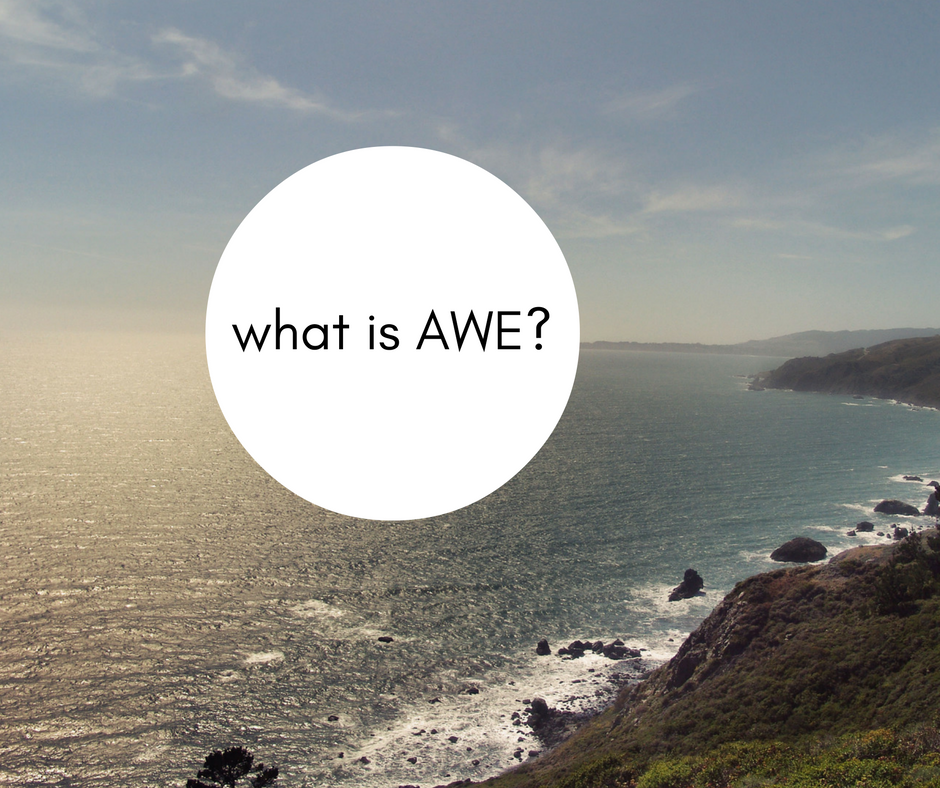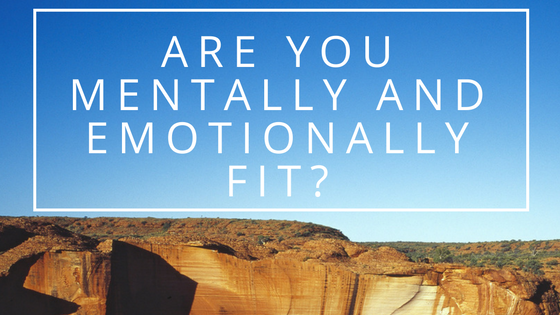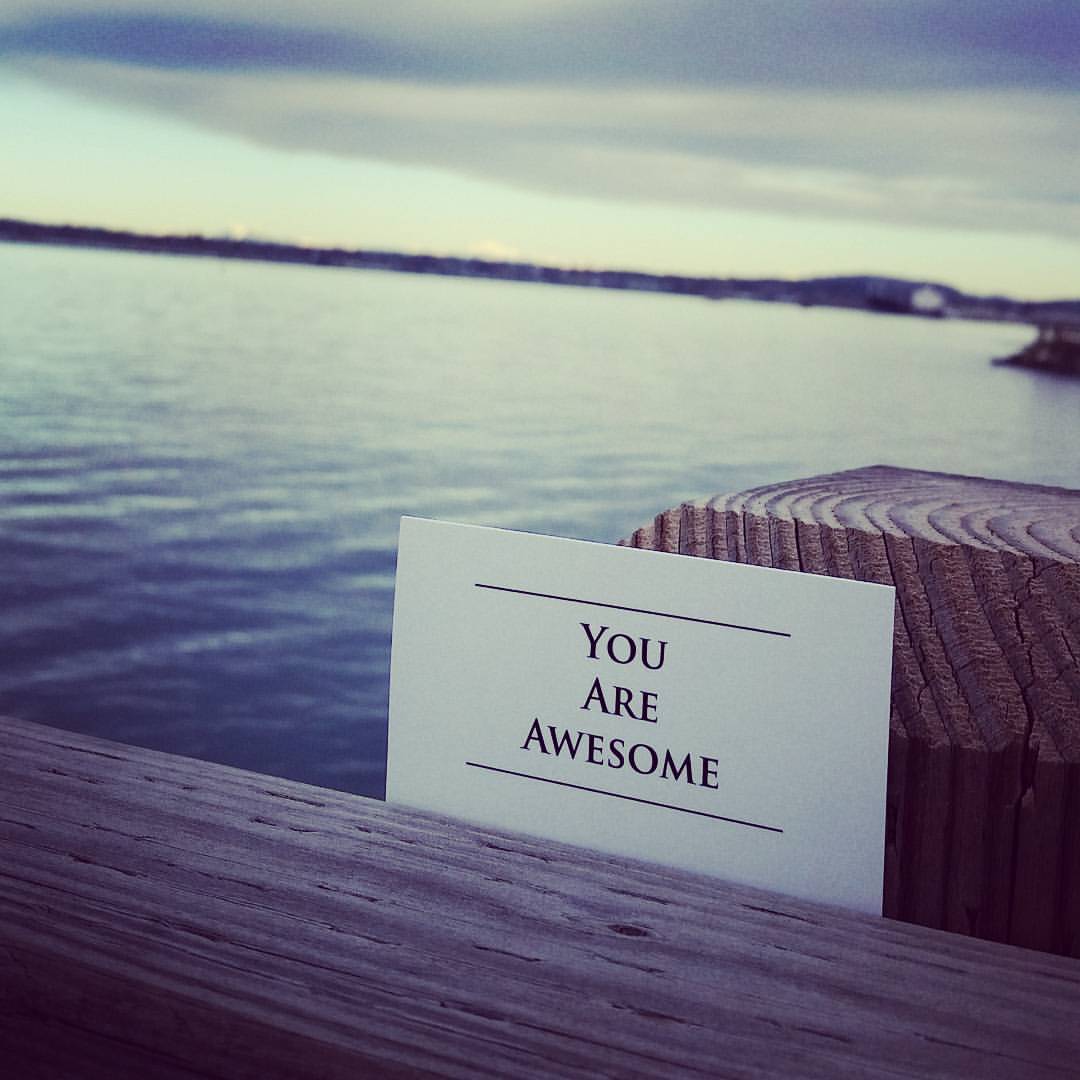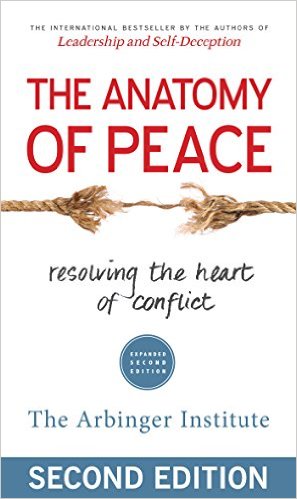I’ve been an advocate for awesomeness for many years (read more here), but I’ve just recently started diving into the research related to the study of awe. Prior to this, my ideas about finding the awesome were based largely on research focused on mindfulness and gratitude.
It turns out, experiencing awe is whole separate beast. Make no mistake, awe is closely related to gratitude and mindfulness, but there are important aspects that create clear distinctions.
Scientist suggest that one of two primary factors are necessary to experience awe, and both tap into a perception of vastness. First, awe requires a sense of something that is bigger than ourselves. This can be physically large (mountains, buildings, oceans, light-years, etc.), temporally expansive (passage of decades, centuries, millennia, etc.) or any other version of vastness. The second prerequisite is the sense that the experience is beyond our ability to fully comprehend. Recollect the awe-inspiring magic tricks of your youth, and you will have a simple example of how lack of comprehension creates awe. You can also follow that path down memory lane to the point when you discover how the trick is done. That’s likely the exact moment when “magic” lost it’s ability to inspire awe.
Vastness conjures images of majestic natural and man-made wonders. The Grand Canyon, Great Wall of China, Mount Rainer, and the Empire State Building are frequently instilling awe – they’re big, they’re old, and it’s tough to fully grasp the how and when of their creation. I’m certain you could come up with a similar list of things that have instilled feelings of awe. Actually…it would be helpful if you did make that list. Writing down our experiences of awe helps us build memories and access those feelings more readily. Even if you only take a few minutes, see what it’s like to write about one thing that has inspired awe – write about it’s vastness and how you felt in relation to that vastness.
Now, we get to the surprising part. As someone that has spent hundreds of nights hiking and sleeping under the open sky, I had a firm understanding of how awesome (literally) our natural environment can be. It’s pretty easy to experience awe in the midst of wilderness. The research supports this; however, nature is not the most consistent trigger of awe. When scientists complied data from around the world, they found that social experiences were the most consistently identified triggers of awe. Specifically, witnessing birth, death, and the generosity of others had the biggest impact. Those three things, while not necessarily physically or temporally vast, can certainly be difficult to fully comprehend. How do I wrap my head around the idea that two humans can create a third living-breathing person? How do I make sense of the extinction of the same human life? And, how do I make sense of a truly selfless act? An act that could theoretically result in an expedited end to the generous person’s life?
Every culture has found a way to explain these awe-inspiring events, and most of them have created systems and entities of vastness to explain life, death, and generosity. Whether it’s a version of an all powerful creator or a resting place that has no limitations of time or space, our cultural explanations for the awe in day-to-day life only serve to expand and amplify the sense of awe. That makes sense, right? The only way to explain an awesome experience is through something equally or more awesome. Both science and religion end up at the same place when explaining awe-inspiring experiences. Science concludes that the universe is 14 billion years old (vast and impossible to comprehend). Many religions conclude that the world was created by one or more unearthly entities (vast and impossible to comprehend). I guess we can’t help ourselves when it comes to trying to make sense of the world we live in, but when it comes to awe, the only explanation of awesomeness is more awesomeness. I like that.
Now lets zoom-in. Forget that the universe is 14 billion years old and two living things can create another using virtually no resources. Let’s look at the third example of awesomeness in social life. When reflecting on powerful experiences, right alongside life and death (and on the same list of awe-inspiring stuff like the Pyramids) is witnessing acts of generosity. This gets me extra excited because I CAN DO THAT. I can be generous. Plus, I can appreciate the generosity of those around me everyday. By simply paying closer attention (being mindful) and working to recognize the generosity of others (being grateful), I get to experience awe on daily basis.







